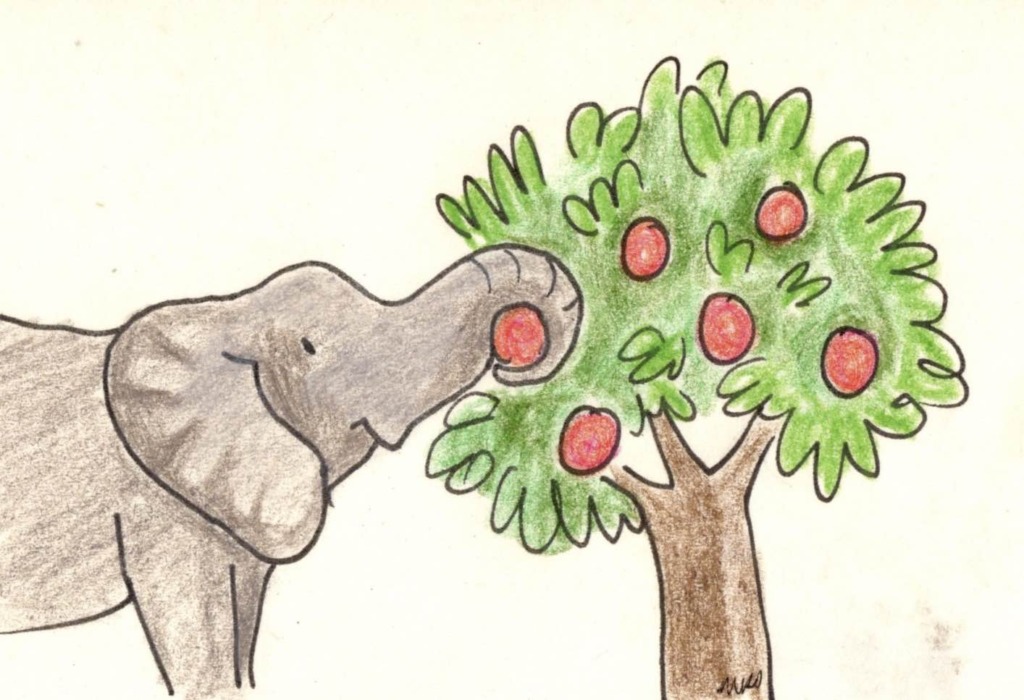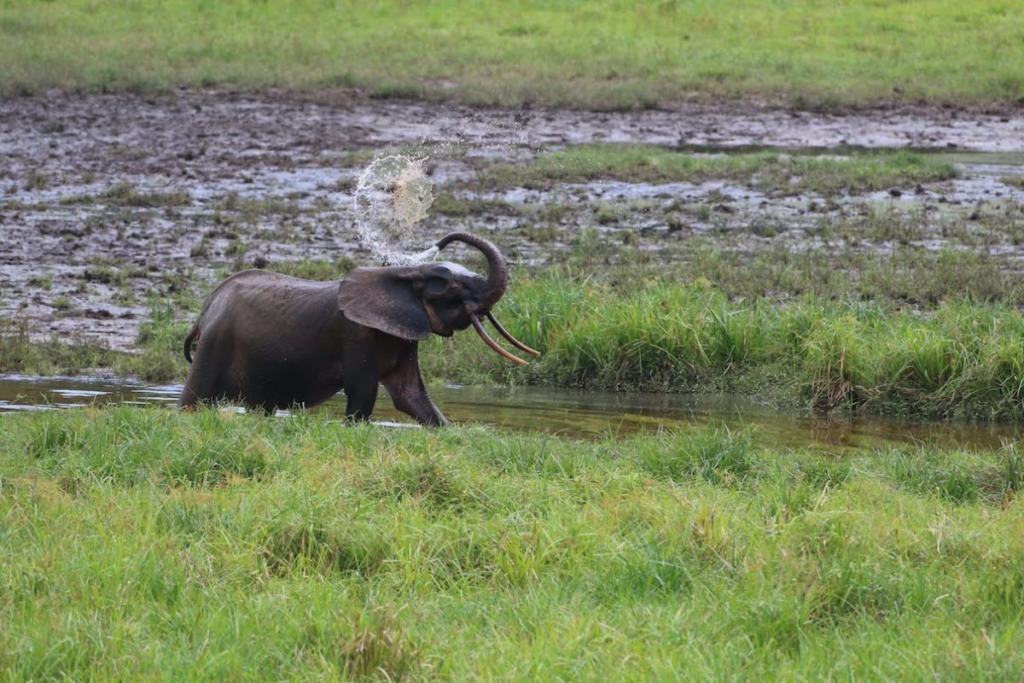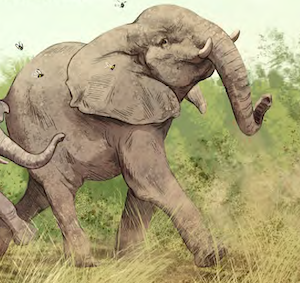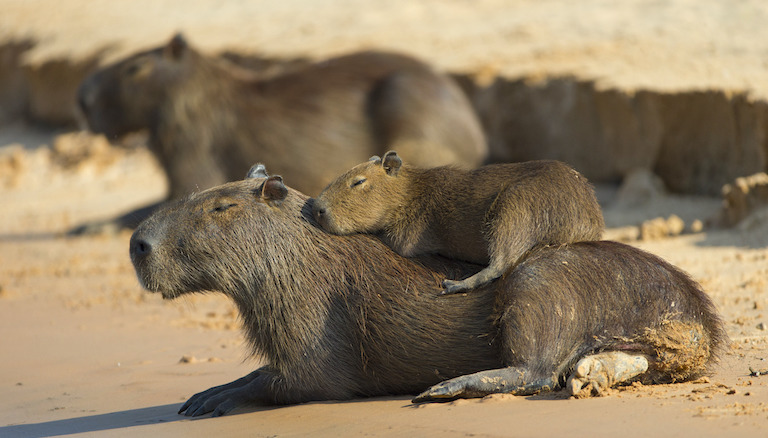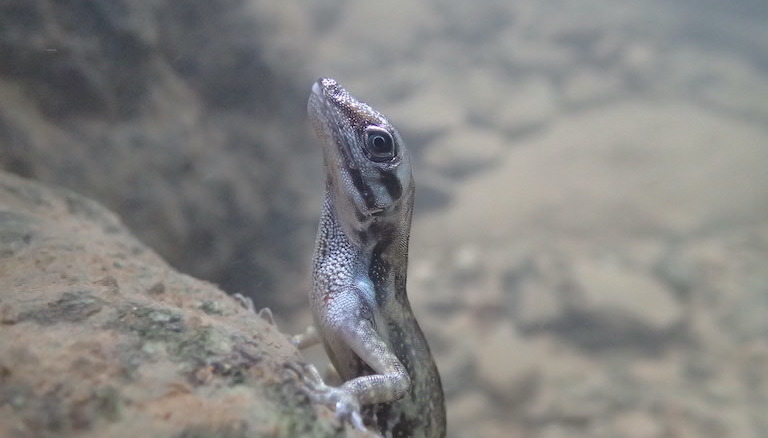There are two species of elephants in Africa, the savanna elephant and the forest elephant. Forest elephants are smaller than savanna elephants (but still one of the largest land mammals). Both African elephant species are endangered by poaching, but forest elephants are especially endangered.
During the 19th century, forest elephants lived throughout the rainforests of the Congo Basin. But between 2002 and 2011, about 62% of them disappeared due to illegal hunting for ivory. Today, their range has shrunk by nearly 30%.
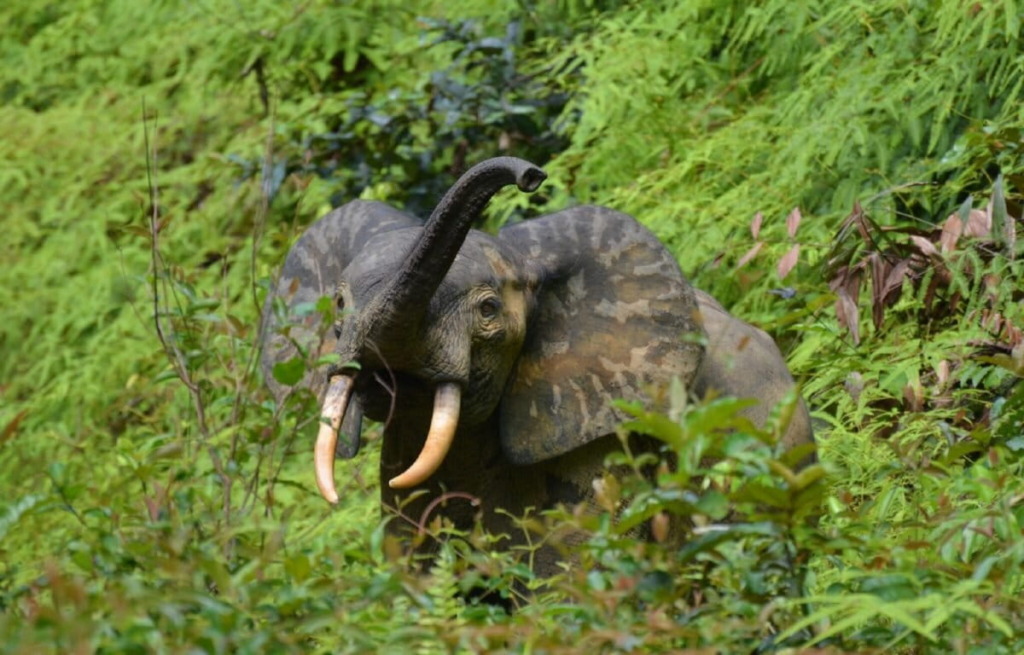
Forest elephants are sometimes called the gardeners of the forest. They shape the forest by trampling, bulldozing, and digging up plants and trees. Elephants also disperse seeds in their poop, and this helps trees spread through the forest. Elephants spread seeds over longer distances than any other mammal.
One tree that depends on forest elephants is the ebony tree. The wood of the ebony tree is used to make musical instruments like guitars. Ebony wood is a very dense hardwood. Its density creates a clear sound in guitars, which makes it prized for making musical instruments.
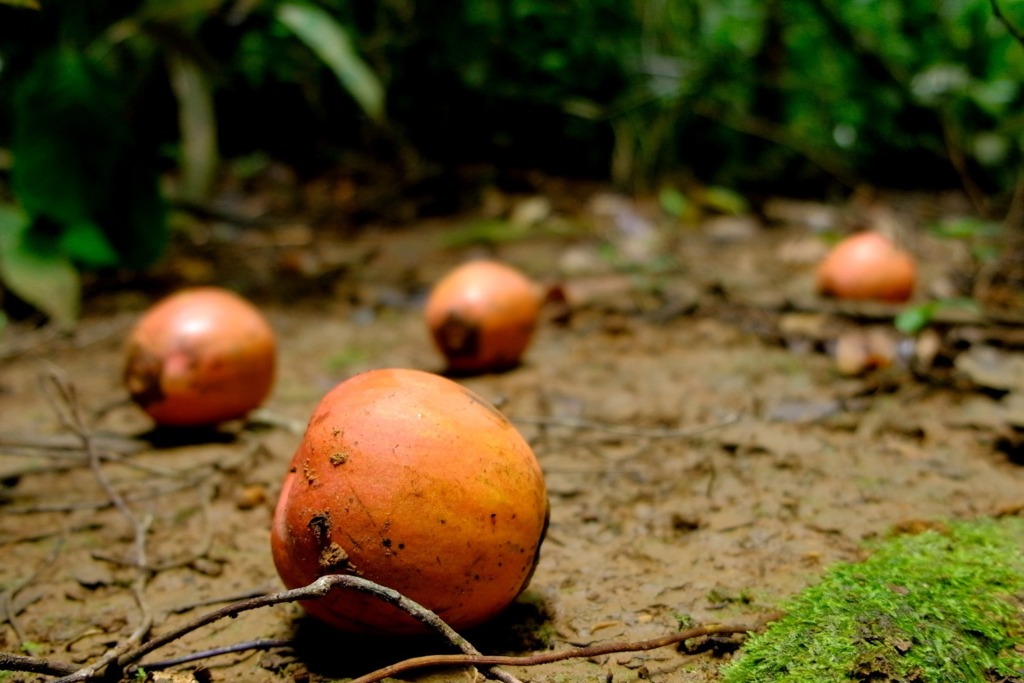
When forest elephants disappear from rainforest patches, there are fewer young ebony trees. And researchers recently figured out why: When elephants eat the large, juicy ebony fruits, they poop out the seeds. The elephant dung protects the ebony seeds from rodents and other animals that would eat and destroy them.
Ebony is a slow-growing tree that takes more than 100 years to mature. Mature ebony trees can tell us about the number of elephants in the past. The more mature ebony trees are in a forest patch, the more forest elephants were around when the trees were seedlings.
If forest elephants disappear from large parts of the Congo Basin, then ebony trees will likely disappear too. There will be no elephant dung to protect the ebony tree seeds from being eaten. Researcher Vincent Deblauwe explains: “In 100 years, maybe we’ll discover the true damage that has been done to the forest today.”
David Brown adapted this story for Mongabay Kids. It is based on an article by Spoorthy Raman, published on Mongabay News.

